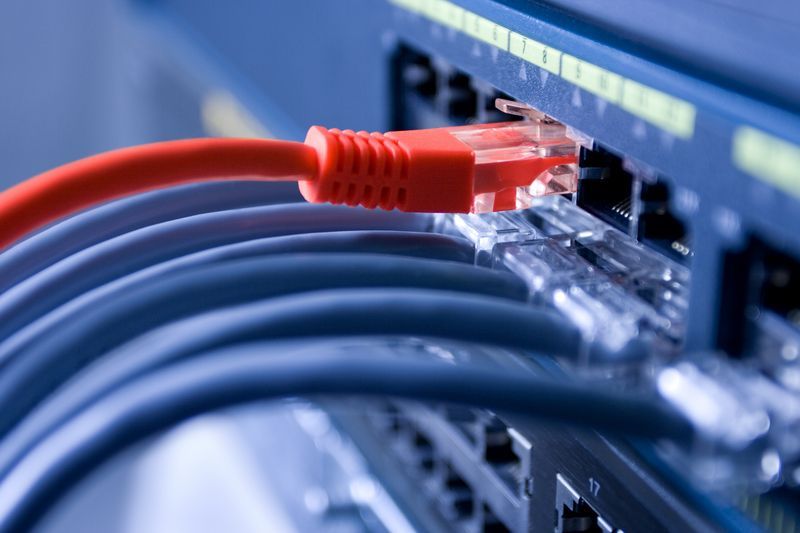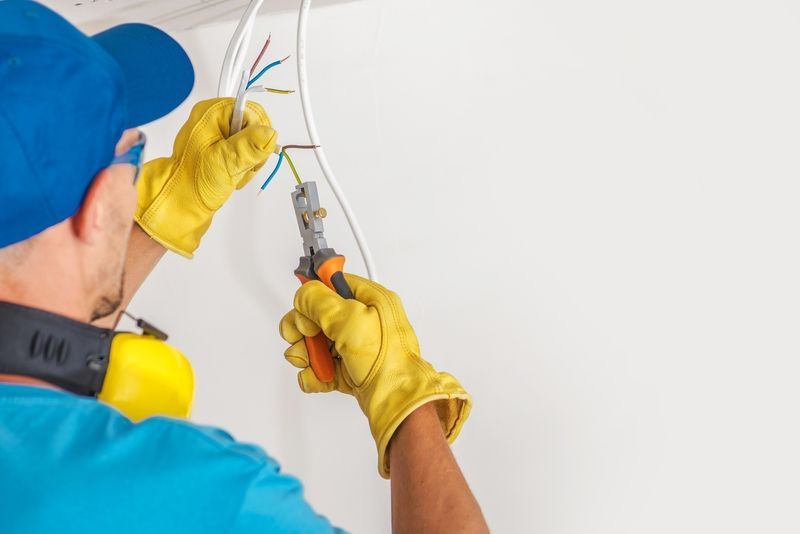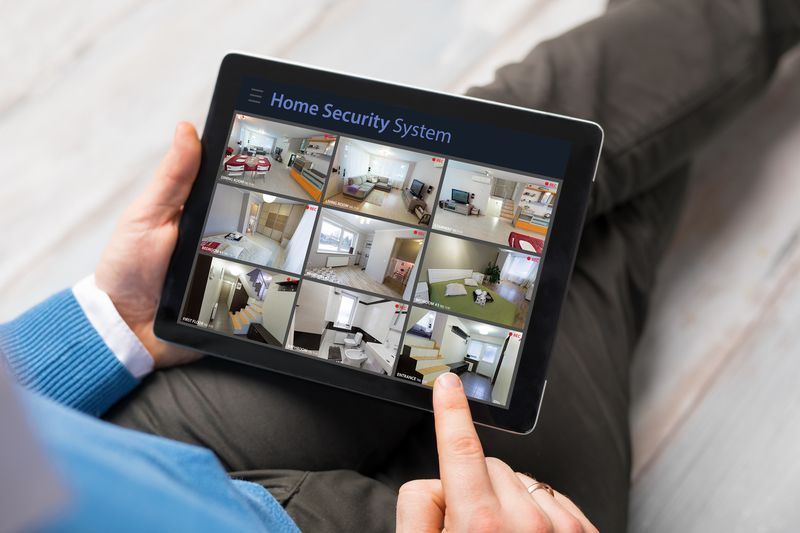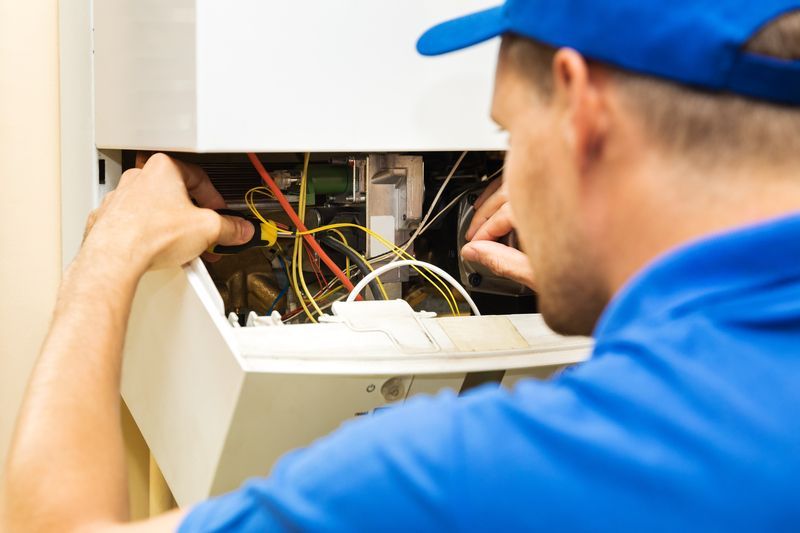Access control systems are a critical component of a business's security infrastructure, ensuring that only authorized individuals can enter certain areas. However, as technology evolves and security threats become more sophisticated, systems that were once state-of-the-art can become obsolete. Recognizing the signs of aging infrastructure is key to maintaining robust security measures. Businesses must be vigilant in ensuring systems are up-to-date, integrating seamlessly with other security measures, and not opening up vulnerabilities. Upgrading access control can streamline operations and leverage advancements like mobile credentials and cloud-based management, offering enhanced security and operational efficiency.
Identifying Signs of Outdated Access Control Systems
One clear signal that an access control system may need an upgrade is frequent malfunctions or failures. These not only pose immediate security risks but also lead to increased maintenance costs. Outdated systems may have security vulnerabilities that could be exploited by unauthorized entities, compromising the integrity of a business's security.
Lack of integration capabilities with more modern security systems is another indication. As newer technologies emerge, older systems may not communicate effectively with security cameras, alarms, or incident management systems. Finally, the absence of features that are becoming standard, such as mobile credentials or biometric verification, may signify it's time for an upgrade.
Assessing Your Current Access Control System
A thorough assessment of the current system can help determine the specific areas where it falls short. Examining the age of the hardware, software version, and checking for any existing compatibility with newer security tools are all crucial steps. This assessment can provide a framework for understanding what an upgrade might entail and how it could benefit the operation.
Understanding the Risks of Stagnation
Maintaining an outdated access control system poses significant risks. It can lead to security breaches, unauthorized access, or data theft. Additionally, older systems can be inefficient, slowing down operations and leading to frustration among employees and visitors who expect swift and seamless access.
Steps to Upgrading Your Access Control
The process of upgrading begins with setting clear objectives for what the new system should achieve. These could range from providing more reliable access, offering better data and analytics, improving user experience or ensuring compatibility with other security platforms.
Selecting the right vendor is next, one that offers technology that meets the established objectives and provides robust customer support. Implementing the upgrade in phases can help manage costs and disruption to operations. It's also crucial to train staff on the new system to ensure a smooth transition and to maximize the system’s capabilities from day one.
The Advantages of Modern Access Control Systems
Modern access control systems offer numerous advantages over their predecessors. Enhanced security features like encryption and multi-factor authentication keep premises more secure. They can also provide valuable insights through data and analytics, allowing for the optimization of security protocols.
Integration with other security systems can create a comprehensive security network that is more robust and reactive to potential threats. Improved user experience, with features like mobile credentials, can save time and make the system more convenient to use for employees.
Mobile Credentials and Remote Management
One of the most significant benefits of modern access control systems is the use of mobile credentials, which allow entry via a smartphone or other personal devices. This feature increases convenience and can improve security by leveraging biometric features on personal devices.
Cloud-based management enables remote access and control of the security system, providing real-time insights and the ability to respond quickly to security events, even when offsite. It also offers better scalability, as the system can grow alongside the business without the need for significant hardware investments.
Long-term Benefits and Return on Investment
While the upfront costs of upgrading an access control system can be considerable, the long-term benefits often outweigh these initial investments. A more secure environment can prevent costly security breaches, and the efficiency gains from a more streamlined operation can lead to improved productivity.
The enhanced user experience for both employees and visitors can have a positive impact on a company's image. Plus, the data collected through advanced access control systems can inform better business decisions and further operational improvements.
Businesses must keep pace with developments in access control technology to ensure the security and efficiency of their operations. Upgrading access control systems is not merely about adopting the latest technologies but about protecting against evolving security threats, integrating with advanced security infrastructures, and enhancing user experience. Embracing modern solutions like mobile access and cloud management can deliver a powerful return on investment, securing not only the physical premises but also the future of the business.
Ready to upgrade your access control system and safeguard your business against evolving security threats? Our state-of-the-art solutions are designed to provide the security, convenience, and efficiency your organization needs. Contact us today to discuss your specific needs with our experts and discover how we can tailor a security solution that's perfect for you.











Our Licenses
Idaho - Contractor RCE-38750
Public Works PWC-C-10922-AA-4
Washington – Contractor #DATACCS781M7, Telecommunications
Nevada – Contractor 0073841, Class C-2D
California – Contractor 937948, Class C-7